Full renovations can be a difficult yet rewarding undertaking. They offer the opportunity to transform your living space, increase its value, and create a personalized environment that reflects your unique style. However, a successful renovation requires careful planning, budgeting, and execution.
This blog will outline the 7 key steps in planning the full renovations. By following these steps, homeowners can ensure a smooth and successful renovation process that results in a beautiful and functional home.
Step 1: Set Clear Goals and Budget
Before starting the full renovations, it is important to define your goals and establish a realistic budget. Your goals will determine the project’s scope, while the budget will dictate the materials, finishes, and overall cost. [1]

Here are some questions to consider when setting your goals:
- What is your primary reason for renovating? Are you looking to increase your home’s value, improve its functionality, or simply create a more aesthetically pleasing space?
- What style or aesthetic do you envision for your home? Do you prefer modern, traditional, or eclectic design?
- What are your must-have features or amenities? Do you dream of a titled kitchen, a spa-like bathroom, or a spacious outdoor living area?
A detailed budget breakdown will help you stay on track throughout the project. Include estimates for the following:
- Labor costs: This will depend on the complexity of the renovation and the rates of local contractors.
- Materials: Research prices for building materials, finishes, appliances and fixtures.
- Permits and fees: Obtain quotes for necessary permits and inspections.
- Contingency fund: Allocate a part of your budget to cover unexpected costs or changes.
Setting clear goals and creating a thorough budget can lay a solid foundation for a successful home renovation.
Step 2: Conduct Thorough Research
Once you have a clear full renovation vision, research thoroughly to gather ideas, identify challenges, and make informed decisions. Explore design styles and trends through magazines, websites, and social media.

When choosing materials, consider your home’s condition, local codes, and preferences. Compare costs, durability, and aesthetics. Read feedback and seek contractor recommendations from friends or family with similar projects.
Step 3: Create a Detailed Plan
A well-thought-out plan is essential for full renovations. A detailed plan will help you visualize the project, set a timeline, and allocate resources effectively. [2]

Consider the following elements when creating your plan:
- Scope of work: Clearly define the specific tasks involved in the renovation, such as demolition, construction, and finishing.
- Timeline: Break down the project into smaller phases and assign each deadline.
- Budget allocation: Allocate your budget to different phases of the project to ensure that funds are used efficiently.
- Permit requirements: Research and obtain any necessary permits or approvals from local authorities.
- Contingency planning: Set aside a contingency fund for unexpected challenges or delays.
Step 4: Choose the Right Contractors
Selecting the right contractors is crucial for full renovations. A qualified and experienced contractor can ensure that the project is completed on time within budget and to your satisfaction.

Here are some tips for choosing the right contractors:
- Ask friends, family, or neighbors for contractor recommendations.
- Contact past clients for feedback on work quality, communication, and professionalism.
- Verify contractors’ licenses and insurance for legal protection.
- Meet multiple contractors to discuss your project, compare quotes, and evaluate qualifications.
- Inquire about warranties or guarantees for the work.
Step 5: Obtain Necessary Permits and Approvals
It is important to obtain the required permits and approvals from local authorities before starting your renovation. These permits will make your project comply with building codes and regulations.

The specific permits will depend on the type of renovation. Common permits include:
- Building permit
- Plumbing permit
- Electrical permit
- Demolition permit
Step 6: Prepare Your Home for Renovation
Preparing your home for full renovations is essential before contractors can begin work. This involves taking steps to protect your belongings and minimize disruption.

Here are some tips for preparing your home:
- Remove valuable items or furniture to avoid damage.
- Protect floors, countertops, and surfaces with covers.
- Disconnect water, gas, and electricity in renovation areas.
- Set up a temporary workspace or living area for convenience.
Step 7: Monitor Progress and Communicate with Contractors
Regular communication with your contractors is essential for full renovations. By staying involved and informed, you can ensure that the project is progressing according to your plan and address any issues that may arise. [3]

Here are some tips for effective communication:
- Hold regular meetings with contractors to discuss progress and address concerns.
- Be clear about your expectations and any changes.
- Keep records of all communications, including emails, calls, and meeting notes.
Conclusion
Planning a full home renovation can be daunting, but with careful planning and preparation, it can be a rewarding experience. Following the above-mentioned steps, you can create a beautiful and functional living space that reflects your unique style and meets your needs.
Remember to set clear goals, create a budget, conduct research, design your space, obtain permits, hire reputable contractors, and monitor progress throughout the renovation process. You can transform your home into a place you love to live with patience, persistence, and creativity.
Frequently Asked Questions
What are the steps in full house renovation?
A full house renovation typically involves planning, budgeting, design, demolition, construction, and finishing.
How do you plan a house renovation?
To plan a house renovation, set clear goals, create a budget, conduct research, design your space, obtain permits, and hire contractors.
What is the correct order of renovation?
The correct renovation order can vary depending on the specific project but generally involves demolition, plumbing, electrical, framing, insulation, drywall, and finishing.
References
[1] https://www.alltradescontracting.com/blog/how-to-plan-a-home-renovation/
[2] https://www.ftcc.com.au/blog/renovation-planning-guide-step-by-step
[3] https://www.sablono.com/en/blog/construction-progress-monitoring-what-you-need-to-know

